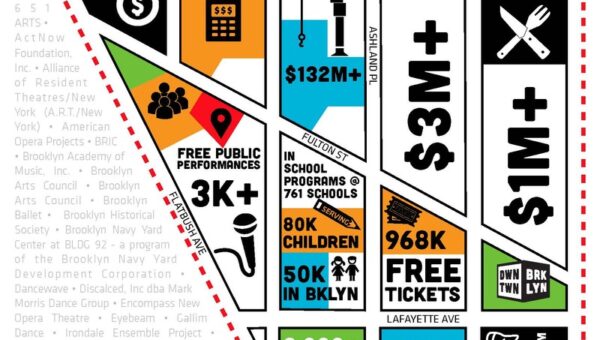
Special Feature: What You Should Know About the Carriage Horses in NYC
The following piece is by Doctor Janine Jacques, Founder of the Equine Rescue Network.
As the founder of the Equine Rescue Network, people often ask my thoughts on the NYC carriage horses. I have been reluctant to voice any opinion because I have learned that following campaigns on the social media can often be misleading. In order for me to my voice my opinion, I had to see for myself. So, I set of for NYC with two objectives; first to get the facts on the care and longevity of the carriage horses and second to offer ERN’s Microchip Protection for the horses in the event that the ban is passed. My fear is that if carriage horses are banned in NYC, other cities will soon begin to ban horses in their cities. This will cause a ripple effect and result in many carriage horses selling at auctions (and sold to slaughter). If I could encourage carriage horses to be microchipped and registered in ERN’s Equine Protection Database, we could prevent them from slaughter.
I wanted to observe the inside (behind the scenes) of the carriage horse stable, yet I didn’t even know where in NYC these horses were kept. My plan unfolded as we jumped on Hub bikes and followed an empty carriage as the horse and driver made their way slowly through the city streets. I noted the horse walking purposely, and the drive never touching the reins; similar to the way my own horse walks when he is on his way back to the barn. The big white horse was unaffected by the cars that surrounded him. He didn’t appear tired, rather his ears perked as he looked curiously at the pedestrians as if he was hoping one of us would have a treat for him or reach out to pat him as he waited patiently at the traffic light.
Suddenly and without the driver touching the reins, the gigantic white horse took a sharp left turn and entered into a extra tall garage door. He was home. We rolled the bikes in too, fully expecting to be immediately asked to leave. I watched while the driver stepped down from the carriage and approached the horse with a handful of peppermints and a scratch on the head.
Two men appeared from a side door and began unhitching and unharnessing the big guy, who waited patiently. The driver immediately noticed us standing by the door and approached asking “Can I help you with something.” I am not sure why I hadn’t anticipated that exact question, nor had I planned what to say at that moment. I thoroughly expected that the driver would be angry at intruders and not welcome outsiders. I assumed there were secrets inside the facility that he would want to hide from the general public. I was very wrong. He was very welcoming, and introduced us to the manager who wore a black top-hat and an oversized down coat. The manager was a pleasant man that looked like a typical slightly weather horseman. He was enthusiastic and passionate about his work.
We followed the manager up a ramp to the second level and where we found ourselves surrounded by 12 by 12 box stalls. I noted clean automatic waters, rubber matted stalls bedded generously with straw, and every horse had a hay rack filled with good quality hay.
As we walked by the stalls on our way to the third floor, each horse’s ears perked up as we passed. I have been around horses my entire life and I understand the true nature of horses. I used to think horses never got depressed until I started rescuing horses. Most of the horses ERN has purchased from killbuyers arrive with their heads low and often take months before they begin trusting and engaging with humans. It is easy to identify behaviors of horses that have been handled aggressively or abusively in their past. The carriage horses obviously had been impacted by the continuous loving attention they get from random strangers and handlers daily as every horse greeted me with trusting inquisition – each wanting to know if I had a treat in my pocket as they put their head close to my chest. It was refreshing given the rescue horses I am exposed to regularly.
I inspected several horses’ medical records posted on their door. The records detailed current vaccinations, blacksmith schedule, and worming. I did not see any horses on bute (pain killer for horses). When I asked about the longevity of the horses, I was told that the horses are retired at age 26. Most horses retire after 20 years of service
healthy and sound to farms in Pennsylvania. I asked how it was possible to keep horses healthy and sound for 20 years of service on the concrete streets of the city. The answer was logical. “We take good care of the horses. We discourage our drivers from trotting, so basically the horses are wandering around the city all day at a walk.” He went on to describe that horses work in 8 hour shifts and are rotated to have days off during the week. In addition, each horse has 5 weeks of vacation a year on the farm.
By this time we had made our way through the entire facility. I was still keeping an eye peeled for some infraction that would convince me that carriage horses in NYC was wrong. If I were giving a barn inspection as a 4H or Pony Club instructor, the only slight infraction was the isle could have used a more diligent sweeping. However, since the stalls were cleaned 6 times per day!, that would be too much sweeping so the aisle appeared neatly raked, not swept. Read the full piece here.


